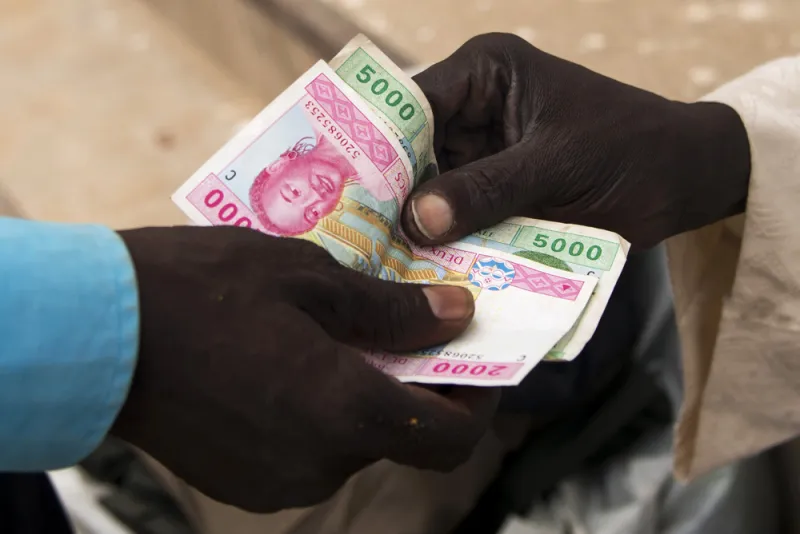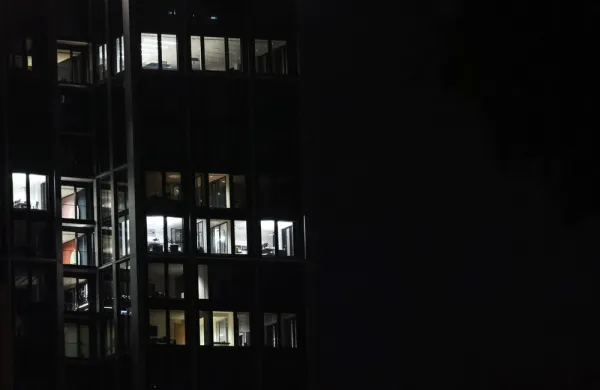Mariner Investment Group has structured and led investing in the first securitization between the private sector and a multi-lateral development bank.
The $1 billion deal will allow the African Development Bank to fund sustainable infrastructure investments throughout Africa. Africa50 — the bank’s multi-lateral infrastructure investment fund — is also investing in Room2Run, the name of the deal. The European Commission’s European Fund for Sustainable Development is providing additional credit protection. The EC’s investment responds to the G20’s call for private sector participants to help funnel capital into infrastructure in developing markets and for development banks to optimize their balance sheets.
[II Deep Dive: Institutional Investors Mostly Absent From Emerging Markets Infrastructure Projects]
Other multi-lateral development banks — such as the World Bank and the European Bank for Reconstruction and Development — may follow up with similar deals.
“Now that first deal is done, there is a playbook for these other institutions to manage capital around their seasoned loan portfolios and engage private investors,” said Andrew Hohns, head of Mariner’s infrastructure investment management team, in an interview with Institutional Investor.
Mariner structured the transaction as a synthetic securitization that would move part of the risk of the African Development Bank’s existing loan portfolio off of its balance sheet. Synthetic securitizations have been used for two decades to provide regulatory capital relief to banks. The Room2Run transaction provides mezzanine credit protection on a portfolio of about 50 loans for power, transportation, manufacturing, and other assets.
In connection with the deal, the African Development Bank has committed to invest the freed-up capital into renewable energy projects in Sub-Saharan Africa.
“They [the African Development Bank] articulated a very pro-growth strategy in terms of creating new infrastructure lending throughout Africa, and they needed to increase organic capital for loans,” said Hohns.
Hohns said multi-lateral development banks don’t have regulatory capital, but they do need to manage their AAA credit ratings so they can keep funding costs low. The synthetic securitization is a tool to do that.
“The level of infrastructure needed for Africa is so significant that by providing additional fire power for the African Development Bank to be more active in the private markets will make a big impact on the quality of life for the people of Africa,” he added.
Mariner started its infrastructure management platform in 2013, offering banks synthetic securitizations to manage the capital around infrastructure portfolios. The deals free up balance sheets so banks can make additional loans. Mariner has done a total of $11 billion (notional value) in deals.







